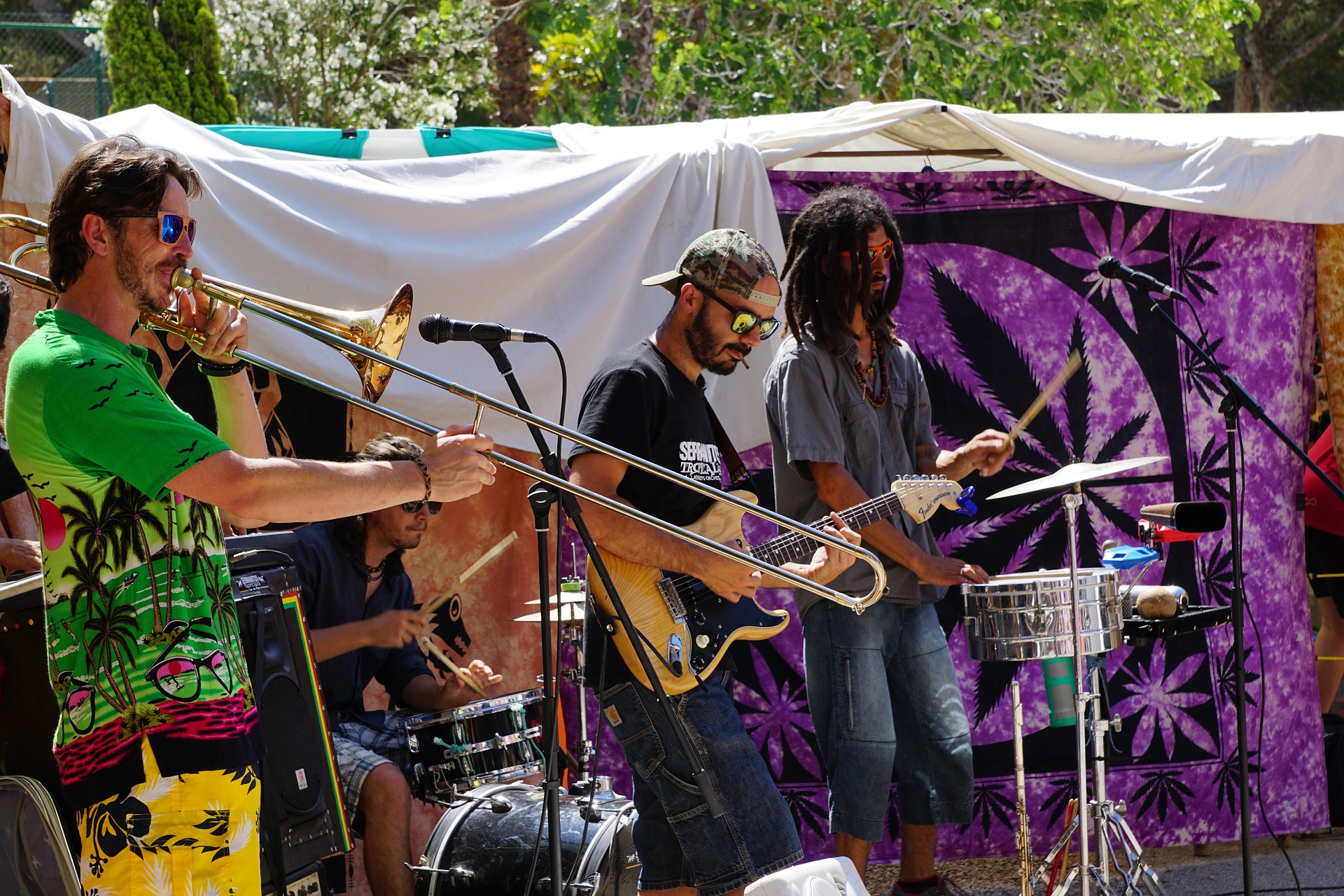Diversifying Festival Content Over Time.

There are many popular music festivals that have been around for decades that over time have built up a reputation for having the best headliners and most appealing atmosphere. Some of these mega music festivals that attract over 50,000 visitors each year have come from very humble beginnings.
Read just any story about the history of a music festival and there will be mention of their humble beginnings. From small garden parties with 50 people to living rooms with 20 people listening to mate's band perform. The experience for those attending was often new and engaging leading organisers to repeat the experience again the next year. Attendance grew mainly through word of mouth and within a few years visitor numbers grew to several thousand. For many this presented new opportunities and challenges at the same time, larger venues, bigger bands and slicker organisation often led to more revenue.
Not all music festivals evolved from a purely music focus, some may have had their roots in a love of food and drink but to keep visitors engaged and entertained organisers often added live music. Over time these events put more emphasis on the music and the food and drink became just another key element. The same evolution has taken place for arts and craft fairs, dance & wellbeing festivals and even films fairs where the live music element has become the dominant driving force for attendance.
Many organisers see live music as a way of enhancing visitor experience and an opportunity to expand the festival size. Diversifying into providing different entertainment and visitor experiences is a good way to expand the potential audience interest. To some extent festival organisers are motivated and driven by the potential revenue too, either from a business and commercial perspective or if it has a charitable status to generate large sums for good causes. When festivals start out organisers may have good intentions and offer free entry notifying the authorities about the anticipated number of visitors only to be swamped on the day. For example, organisers of the Fatboy Slim Brighton Beach party in 2002 was free to attend and 60,000 were expected, but 250,000 turned up.
It's not just the more traditional music festivals in remote fields that have grown up and diversified over time. Some major sporting events have also added content to their programmes so fans can enjoy more varied entertainment in the evenings. Indeed, the Singaporean Formula One Grand Prix organisers started adding a music festival to the weekend sporting event some years ago with ultimately more people attending the three-day evening music festival than attended the sporting event. Irrespective of how small a festival seems each has the potential to grow and expand over time if the organisers have vision and foresight to diversify their content creating attractions for a wider audience.
For any event organiser planning their festival using a software management platform like Festival Pro gives them all the functionality they need manage every aspect of their festival logistics. The guys who are responsible for this software have been in the front line of event management for many years and the features are built from that experience and are performance artists themselves. The Festival Pro platform is easy to use and has comprehensive features with specific modules for managing artists, contractors, venues/stages, vendors, volunteers, sponsors guestlists and ticketing.
<< Back to articles
Contact us
Get in touch to discuss your requirements.
US: +1 424 485 0220 (USA)
UK: +44 207 060 2666 (United Kingdom)
AU: +61 (2) 8357 0793 (Australia)
NZ: +64 (0)9887 8005 (New Zealand)